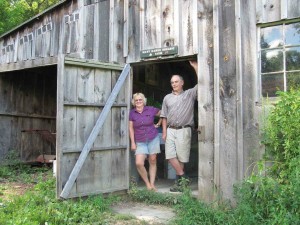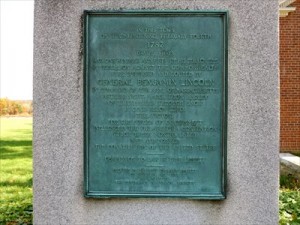
Julie Rawson grew up on a western Illinois farm with parents who mixed agriculture, medicine (her father was a large-animal veterinarian), and activism (her mother was deeply engaged in civil rights issues). When she was pregnant with her first child, she said to her husband, Jack Kittredge, “I’m really sorry, but I think I have to raise these children on a farm.” Jack’s background was far more suburban. “I wasn’t a farmer and didn’t intend to be a farmer,” he recalls, “but I fully supported homesteading, raising your own food, having the kids have access to all the principles and lessons that nature teaches you.” Continue reading Back to the land again: Many Hands Organic Farm in Barre

